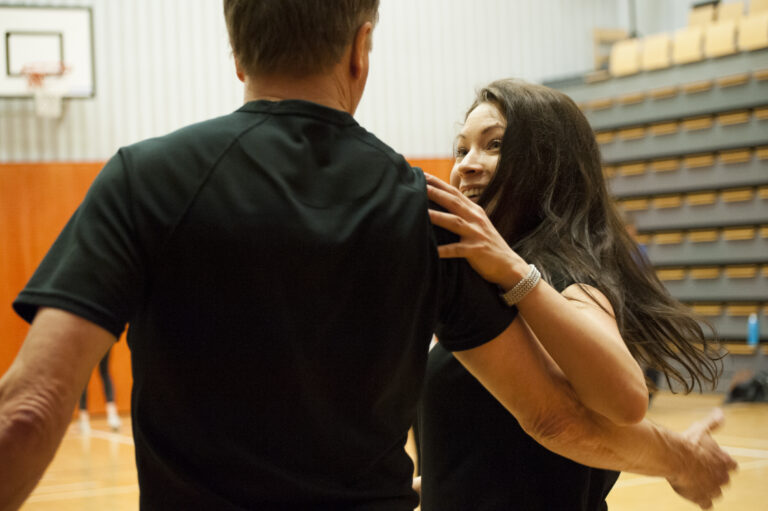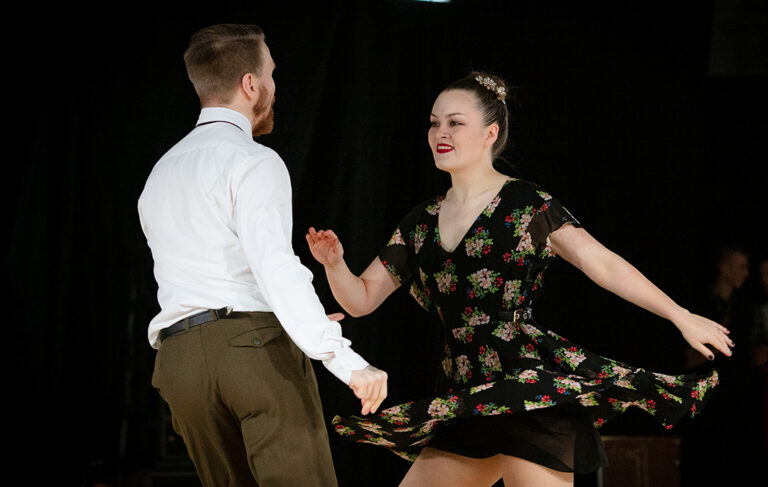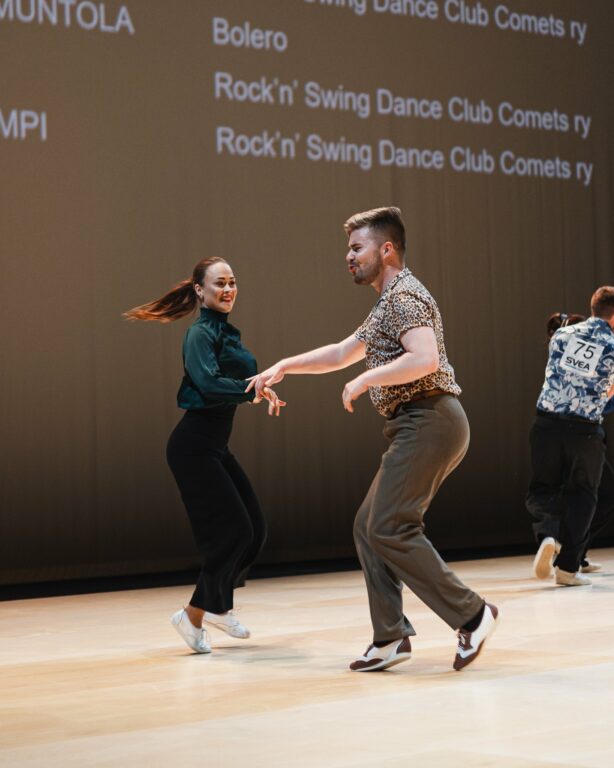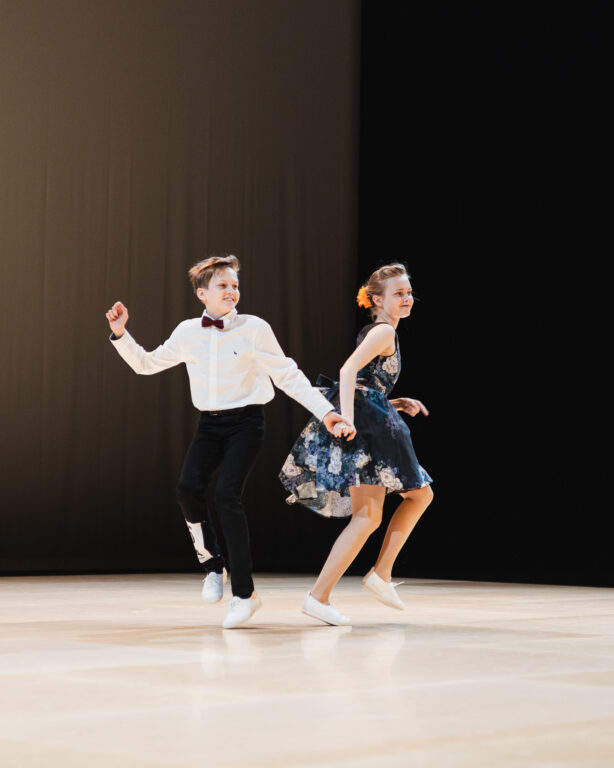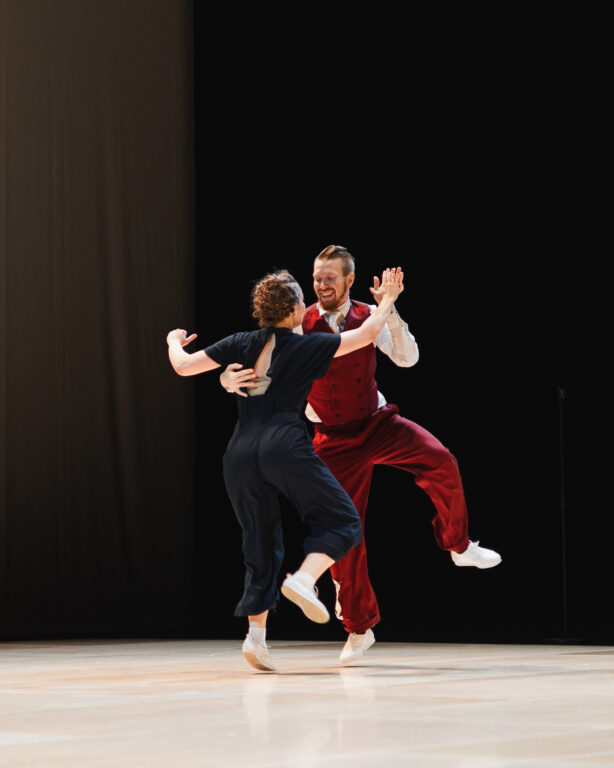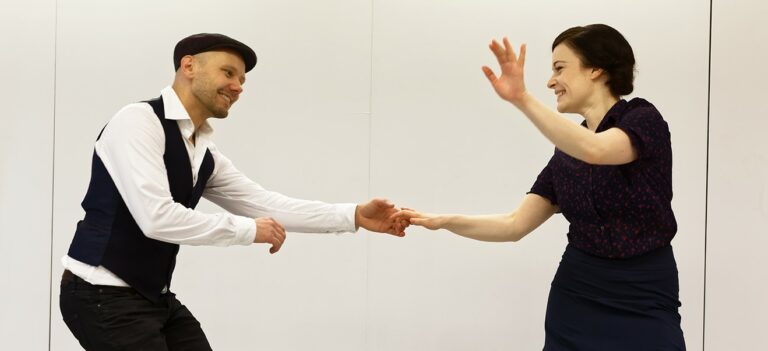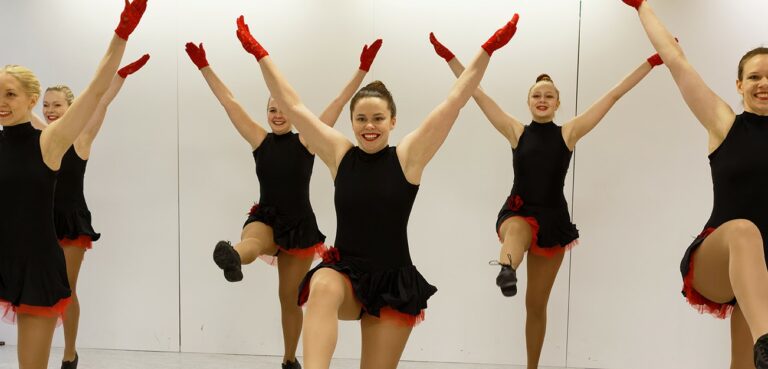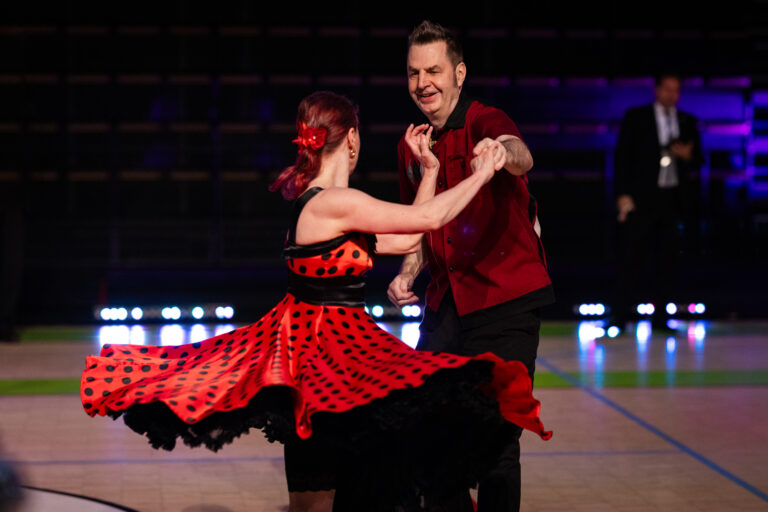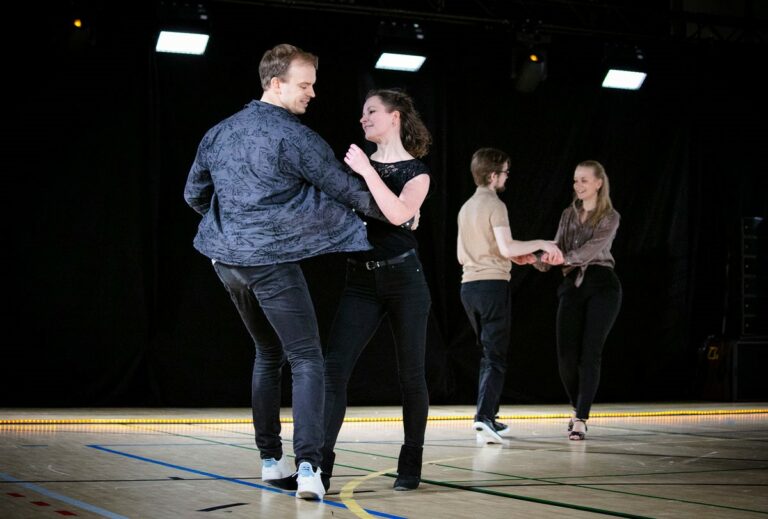Boogie Woogie
The Fun and Energetic Dance That Keeps You Moving!
Boogie Woogie is a lively and energetic partner dance that brings joy, rhythm, and a whole lot of fun to the dance floor! With its infectious beat, playful improvisation, and vibrant spirit, Boogie Woogie is a fantastic way to move your body to the rhythm of rhythm’n’blues, rock’n’roll, blues, and jazz music. Whether you’re a beginner or a seasoned dancer, Boogie Woogie invites you to explore creativity, connection, and spontaneity in dance.
What is Boogie Woogie?
Boogie Woogie is a partner dance that shares certain similarities with Lindy Hop, another popular swing dance style. Originating in Germany in the 1950s, Boogie Woogie emerged as the music of the era shifted from the swing rhythms of big band music to the more upbeat and driving sounds of rhythm’n’blues and rock’n’roll. Boogie Woogie dancing matches the lively and syncopated rhythms of its music, characterized by a strong beat, a syncopated bass line, and often a shuffle rhythm, along with dynamic piano solos and spirited improvisations.
The dance itself is based on a 6-count footwork pattern that goes “step, step, triple-step, triple-step,” providing a solid foundation for dancers to build upon. Unlike more rigid dance styles, Boogie Woogie encourages both the lead and the follow to improvise, creating a playful and interactive dance experience where both partners contribute to the dance’s energy and style.
The Unique Style of Boogie Woogie
Boogie Woogie is all about capturing the fun, upbeat, and fast-paced rhythms of the music it accompanies. This dance can be performed to a range of tempos, from fast rock’n’roll to slow blues or jazz, making it versatile and suitable for different musical moods. The dance typically involves quick footwork, playful turns, and creative patterns that reflect the improvisational spirit of Boogie Woogie music.
What makes Boogie Woogie stand out is its emphasis on improvisation and creativity. In Boogie Woogie, the lead is responsible for creating and developing steps and patterns, while the follow must be adaptable, responsive, and ready to add their own flair to the dance. This mutual creativity between partners makes every Boogie Woogie dance unique, spontaneous, and exciting!
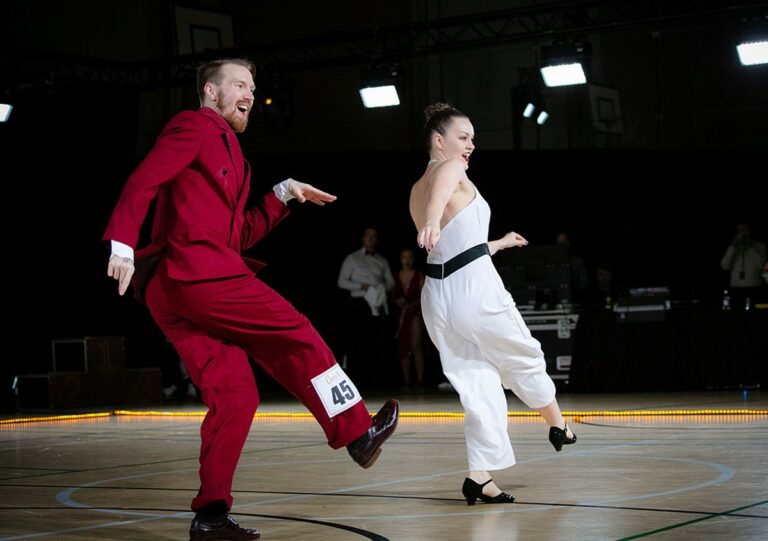
The Origin of Boogie Woogie
Initially known as “Rock’n’Roll” dance, Boogie Woogie found its roots in post-war Germany, where American rock’n’roll music and dance styles became immensely popular. As the dance developed, it adopted its own distinctive characteristics and evolved into what we now know as Boogie Woogie. The new name “Boogie Woogie” was chosen to distinguish it from another emerging dance style called “Acrobatic Rock’n’Roll“.
Since then, Boogie Woogie has gained popularity across Europe and beyond, becoming a beloved part of swing dance communities. Today, it is danced in social settings, competitions, and festivals worldwide, celebrated for its vibrant energy, rich history, and its ability to bring people together through music and movement.
Why Dance Boogie Woogie?
Boogie Woogie is more than just a dance—it’s an expression of joy, rhythm, and creativity. Here are some reasons to start dancing Boogie Woogie:
Fun and Energetic: With its fast-paced music and playful moves, Boogie Woogie is perfect for those who love energetic and lively dancing that gets your heart pumping.
Improvisational Freedom: Boogie Woogie encourages improvisation, allowing both the lead and the follow to be creative and expressive. This makes every dance unique and personal.
Versatility Across Music Styles: Boogie Woogie can be danced to a wide range of music styles, from rock’n’roll to slow blues and jazz, making it a versatile dance for any social dance event.
Social and Engaging: As a partner dance, Boogie Woogie offers a fun and engaging way to connect with others, build partnerships, and enjoy social dancing.
Accessible and Inclusive: With its simple 6-count footwork and emphasis on improvisation, Boogie Woogie is accessible to dancers of all levels, from beginners to experienced dancers looking to expand their dance repertoire.
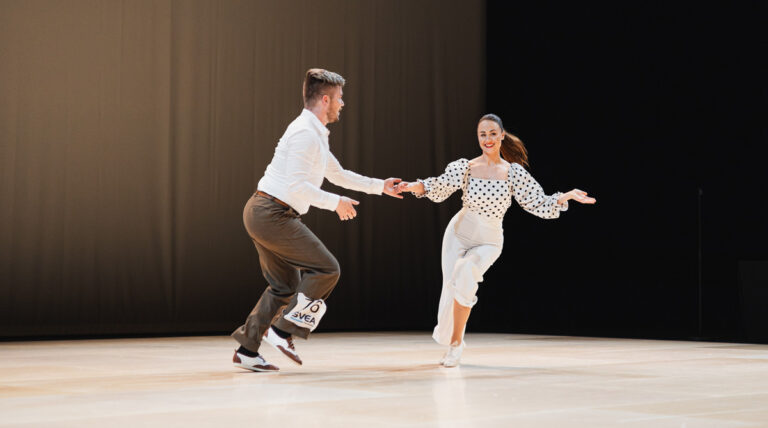
How to Start Dancing Boogie Woogie
Getting started with Boogie Woogie is easy and enjoyable! Our dance clubs offer beginner classes that teach the foundational steps, rhythms, and partner techniques of Boogie Woogie. As you progress, you’ll discover a variety of moves, patterns, and styling options that add flair and excitement to your dancing.
Beyond classes, social dance events, workshops, and festivals provide fantastic opportunities to practice your moves, meet new people, and immerse yourself in the dynamic and welcoming Boogie Woogie community.
Boogie Woogie is a fun, fast-paced, and energetic dance that captures the joy of music and movement. With its improvisational style, playful spirit, and strong rhythm, Boogie Woogie is a dance that invites everyone to the floor. Whether you are just starting out or looking to add some rock’n’roll flair to your dance repertoire, Boogie Woogie is the perfect dance for you. So, put on your dancing shoes, find your rhythm, and get ready to dance the night away!
Boogie woogie is a fun and energetic dance that will get your body moving to the beat!
Boogie woogie has certain similarities to Lindy hop and it originated in the 1950s in Germany, when the music shifted from the swing to the more fast-paced rhythm’n’blues and rock’n’roll music. This type of music typically has a strong driving beat, with a syncopated bass line, and often uses a ‘shuffle’ beat. The music also often features a lot of improvisation, and sometimes a piano solo. Boogie woogie is also danced to slow blues or jazz music.
The dancing is based on the improvisation of both the lead and the follow. The lead is in charge of creating and developing the steps and patterns of the dance, while the follow is responsible for adapting to and following the lead’s steps. Both the lead and the follow must be creative, responsive, and flexible in order to create an enjoyable and successful dance. The 6-count footwork of the dance is step step, triple-step, triple-step.
Back in the days the dance was known as ‘Rock’n’Roll’, but the name was changed to because the name ‘Acrobatic Rock’n’Roll‘ already existed for another dance style.


